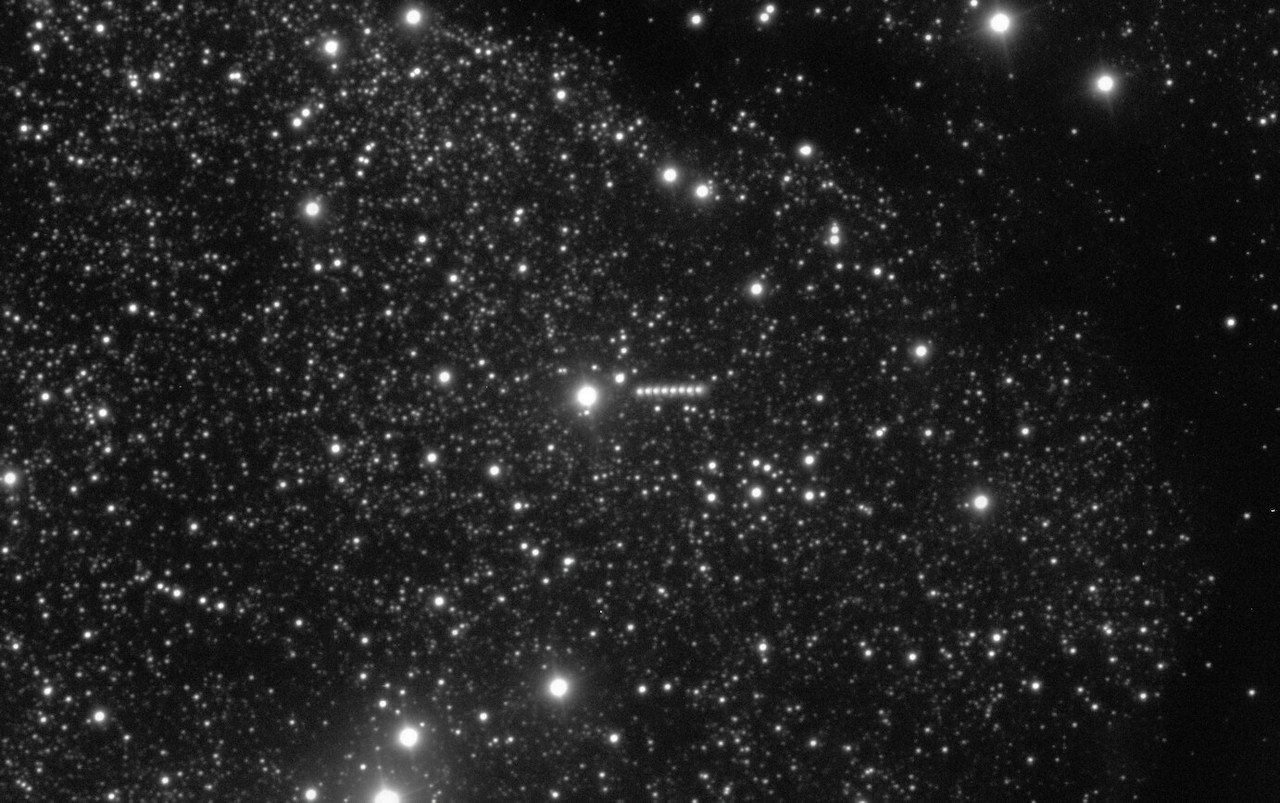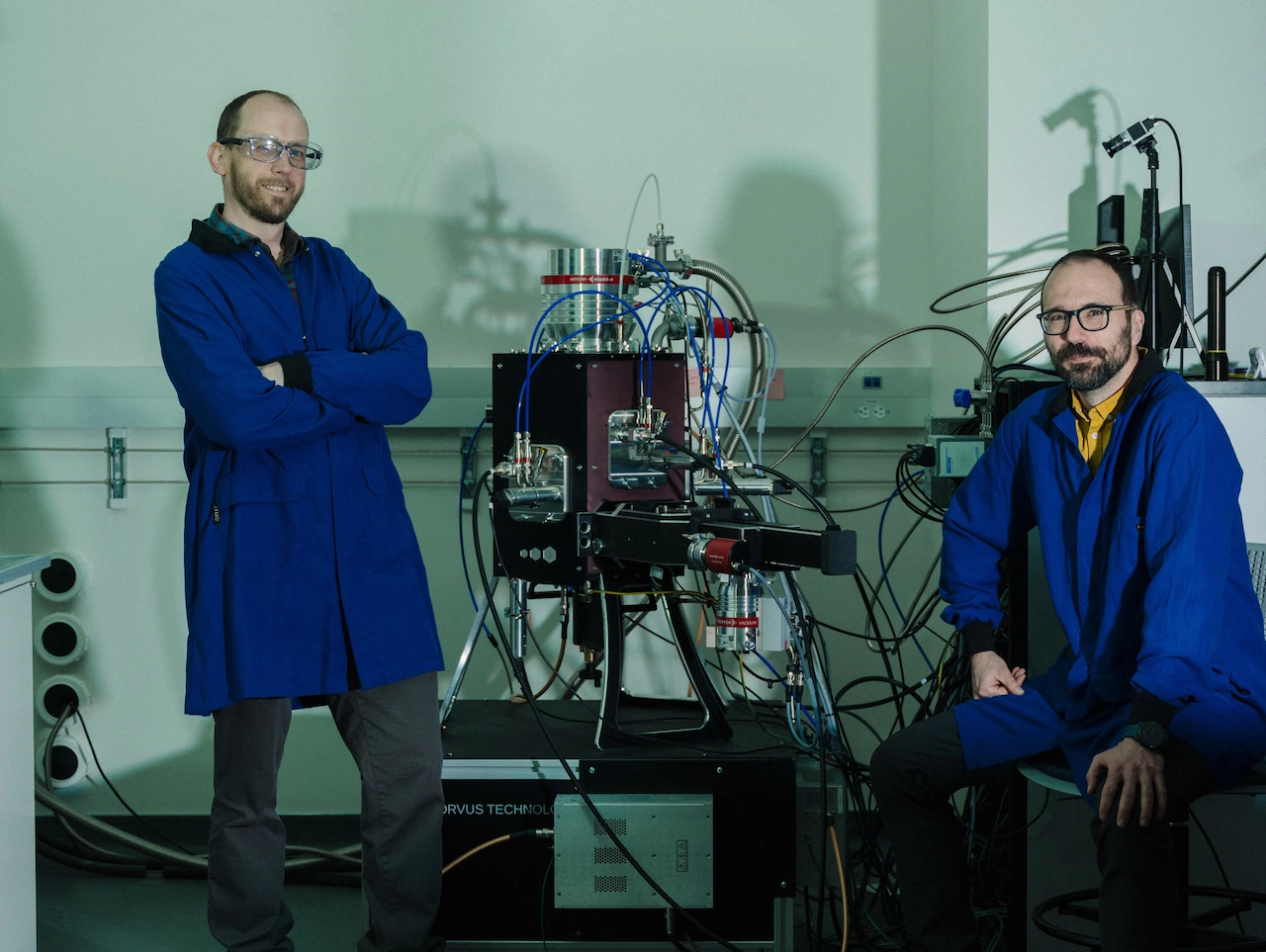Copyright International Business Times

Scientists are still perplexed about the odd behaviour of the mysterious interstellar comet called 3I/ATLAS since its discovery on 1 July, prompting them to come up with various theories about what this comet really is. Multiple telescopes reported various data to study the strange patterns in the comet's activity. Among all those recorded, one of the most striking was the unusual image captured by the Two-Meter Twin Telescope in the Canary Islands. The image showed a faint anti-tail (jet) spanning approximately 3.7 miles from the nucleus of the comet. Unusual Jet Direction Scientists noticed the strange direction of the anti-tail, which is pointing at the Sun. It is not the norm since comet tails are normally facing away from the Sun due to solar wind and radiation. In an essay written by Dr Avi Loeb, the founding director of Harvard University's Black Hole Initiative, he shared two questions raised because of the 3I/Atlas anti-tail anomaly. First is the question about the nature of the anti-tail, then the other was the reason why comet experts were deliberately ignoring the anomaly and insisting that the interstellar comet is a familiar one. These questions made Dr Loeb believe that the comet is not natural and could be made by humans, or aliens. The Metal Alloy That's Not Yet Discovered in Nature Another puzzling detail about the 3I/Atlas comet is its main component, which Dr Loeb described as nickel tetracarbonyl. The observation came after the Keck II Telescope in Hawaii captured images showing plumes emitted by the 3I/Atlas comes with four grams of nickel per second without any trace of iron. 'There is only one place where that is known to exist, and that is in industrially produced nickel alloys,' Loeb said in a statement shared by The New York Post. 'This was never observed for any other object.' Latest Observations The newest images taken from the unique interstellar object claimed that 3I/Atlas, the fastest comet observed, has now developed a tail. According to the images taken by the Gemini South telescope, based in the Chilean Andes, the comet also features a gassy tail and a glowing dust halo with gas encircling it, also known as the coma. As the icy nucleus of the comet warms up, it inches its way closer to the Sun. It burns the materials on its surface, thus producing the tail and coma. The presence of both signifies that 3I/Atlas is an active comet. What NASA Believes About 3I/Atlas Endless theories about what this interstellar object is continue to come out online. Some even believe that it is not just a comet. In response to the speculations, the lead scientist for Solar System Small Bodies in the Planetary Science Division at the NASA headquarters in Washington, Tom Statler, revealed that 3I/Atlas is just a comet. 'It has some interesting properties that are a little bit different from our solar system comets, but it behaves like a comet,' Statler recently told The Guardian. 'And so the evidence is overwhelmingly pointing to this object being a natural body. It's a comet.' More theories and observations are expected to come out about this interstellar comet in the coming days.



